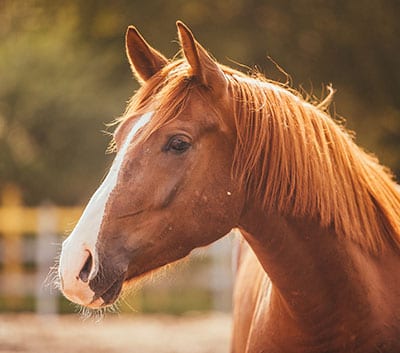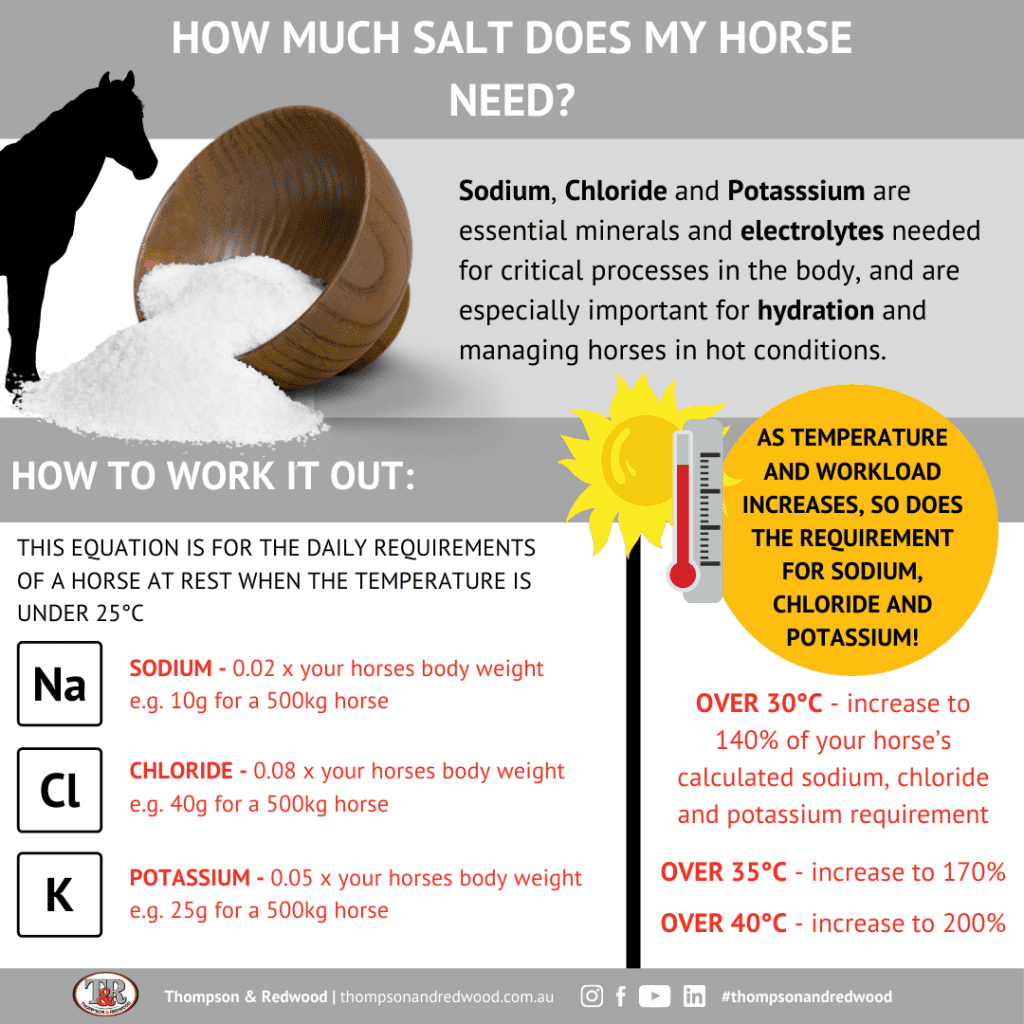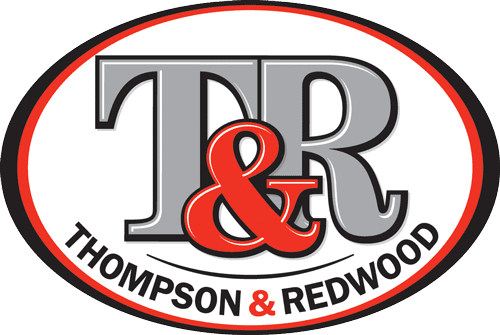
07 Jan Feeding Your Horse in Summer
With Equine Nutritionist Jill Davies
Summertime in Australia means plenty of sunshine, hot weather and heat waves, where the temperature climbs over 40°C!
What does this mean for us? Well we retreat to the aircon, reach for cool drinks more regularly and even change the style of food we eat to help us survive a heat wave.
But our horses need a bit of help too, and preparation and management can help your equine friends to get through the heat of summer. With the help of equine nutritionist Jill Davies, we’ve put together some information on feeding your horse in summer to help them stay healthy in hot conditions. The topics covered in this article are:
- Water Consumption
- Adding Salt to their Diet
- Feeding and Metabolic Heat
- Limiting Protein in Hot Conditions
You can lead a horse to water...
Did you know that a horse can drink between 25 and 50 litres of water per day, and this can increase hugely in hot weather?
Water is essential for biochemical processes in the muscle cell, storage of glycogen, delivery of nutrients to the cells & efficient cooling. Adequate hydration is vital all year round, but especially in summer, when horses use sweating to help with thermoregulation (keeping their body temperature normal).
“You can lead a horse to water, but you can’t make him drink!” Horses sometimes don’t have a strong urge to drink regularly, so it can be up to you to encourage them.
- PROVIDE FRESH, CLEAN WATER – horses are fussy, and any off taste in water can sometimes put them off. Algae grows faster in troughs during summer, so it can help to clean your trough more regularly. If you are worried, you can also add small amounts of molasses, or other additives to encourage drinking.
- MAKE SURE THE WATER IS COOL – horses can sometimes be more likely to drink if their water is cool. This also helps them to maintain a cool body temperature. Try adding ice to their water buckets or troughs on hot days. If the water out of the tap is cool, refresh their water regularly before the weather heats it up too much.
- FEED A SOAKED FEED – feeding soaked feeds can be a great way to get more water into your horse. Our pellets and cubes make a great palatable mash, you can check out Sophie’s recipe for a Claytons Mash here.
- PROVIDE SALT – Adding salt to feed or giving them access to a pure salt block, can actually help horses stay hydrated.

Adding salt to their diet
Did you know that on average, a 500kg horse that is doing no work, and on a cool day, requires 10g of sodium, 25g of potassium, and 40g of chloride? These requirements go up as temperature and workload increases, which is often why it is recommended to add salt to your horse’s feeds!
But why is salt important? Sodium and Chloride (the ingredients of plain salt) are essential electrolytes for a number of critical processes in the body! Potassium is another essential electrolyte, and together they are responsible for cell fluid balances, and help a horse’s tissues to retain water nerve and musculo-skeletal function. Salt can act as a buffering agent for acid in the horse’s body, including lactic acid & acidosis of the hind gut.
Salt & Drinking
Salt is also vital for the drinking reflex. When a horse get’s low in sodium, it’s body conserves more water, but it actually lowers thirst stimulus. So while the horse needs to consume more water, it’s body isn’t telling it to drink more, and they can become dehydrated. Horse’s that aren’t consuming enough sodium, are also more likely to experience heat stress, and dehydration can lead to issues like colic.
How much Salt do I add to their feed?
All feed usually contain sodium, chloride and potassium naturally, and some feeds have added salt. However, this may not be adequate to supply a horse’s daily requirements, especially in summer.
Hot (especially hot and humid) climates increase a horse’s need for these electrolytes. Here is a general general guide for the Recommended Daily Intake (RDI) for sodium, potassium and chloride based on temperature:
- 30°C – if the outside temperature is 30°C supply 140% of your horse’s calculated recommended daily intake (RDI) for sodium, potassium and chloride.
- 35°C – if the outside temperature is 35°C supply 170% of your horse’s calculated horse’s calculated recommended daily intake (RDI) for sodium, potassium and chloride.
- 40°C – and if the temperature is 40°C or over you should supply 200% of your horse’s calculated recommended daily intake (RDI) for sodium, potassium and chloride.
TIP: In addition to adding salt to their diet, it is a good idea to have a lump of pink rock salt available at all times for your horse.
How do you work out how much salt to add?
You can use a simple equation to work out the salt requirements for a horse. The following equation is for a horse at rest, when the temperature is under 25°C. Use the guide above to increase these requirements as the temperature increases, and remember that work also increases these requirements.
- Sodium : 0.02 x your horses body weight (e.g. 10g for a 500kg horse)
- Potassium 0.05 x your horses body weight (e.g. 25g for a 500kg horse)
- Chloride 0.08 x your horses body weight (e.g. 40g for a 500kg horse)
TIP – Plain salt is 40% sodium and 60% chloride. So a tablespoon of salt is on average 18g, which would give you about 11g of chloride and 7g sodium.

For horses with ulcers: A word of caution if your horse has had gastric ulcers. Research suggests large intakes of salt may lead to gastric ulceration / irritation. However, the levels of salt administered in this study were significantly greater than would reasonably be given by most people.
Feeding and metabolic heat
In winter we often talk about the Heat Increment Factor of feed, because some feeds produce more heat in the body as they are digested, and can keep your horse warm. But in summer, when you want to keep your horse’s body cool, how can what you are feeding help?
Different types of feeds have different Heat Increments (sometimes written as the heat thermal load) which refers to the amount of heat that is produced by the body as a result of digesting that feed.
For horses in living hot environments it’s a good idea to look at using a high fat feed to supplement their diet instead of using cereal grains.
Why look to fats in hot climates?
Fats are digested, absorbed and metabolized more efficiently than any other nutrients (e.g. carbohydrates) by producing less metabolic heat. We know this from research using a Bomb Calorimeter to find out the heat given off during digestion.
A lot of horse owners adopt the phrase of feeding more fats to horses to provide “cool fuel or calories”.
This is important for living in a hot environment because by reducing the heat load/thermal load of the horse will reduce the energy they need to use to lower their body temperature (like sweating) which in turn will reduce calorie consumption and the amount of water they need.
You can also look at using more hay that is lower in starch & sugars or cereal hay, which will also help to improve the heat increment and thermal load on the horse.
REMEMBER: when adding fat to a horse’s diet, it takes on average 28 days for them to adapt to using fat as a fuel source and you then have to buffer the free radicals which are produced from utilisation of fat extra antioxidants to their diet. They can use fat well but it does take time to get used to it.
Fat as an energy source:
Fat is a great source of energy, but it’s effectiveness can change depending on the type of exercise your horse is doing. Do you remember learning about the Krebs Cycle at school? The Krebs Cycle covers the main sources of energy for cells and is an important part of aerobic respiration.
If a horse is only working at low speeds, then they are mostly using using Type I (slow twitch) & also Type IIa (Fast Twitch) muscle fibres, so fats are easily used in the Krebs Cycle as an energy source.
If a horse is in fast work, then they are mostly using Type IIb and Type IIa (both fast twitch that fatigue easily and rely heavily on anaerobic respiration). In these cases fat can still be used for energy, but they do need a cereal grain or starch /glucose in lower amount to be used in Anaerobic Respiration.
For example, for a race horse the main source of energy should be more from carbohydrates but with some fat, and for an event horse the main source would be more fat based.
Limiting protein intake in hot conditions
When protein is fed in excess of daily requirements, the horse must break down the excess protein for energy production which cannot be use as amino acids to repair and replace muscle and body tissue. This process is called Deamination. Deamination generates a lot of metabolic heat compared to regular digestion and absorption of dietary protein.
This extra heat increases the horse’s total heat load/thermal heat load and in turn the horse has burn even more calories to increase their breathing and sweating rates. They also need to drink more water to rid its body of all the extra metabolic heat and nitrogen.
Adequate lysine is also vital for helping a horse correctly use the protein in it’s diet . Lysine assists in correct crude protein absorption and can help to reduce the thermal load.
Amounts of protein
Good quality lucerne contains approx. 17% to over 20% crude protein. For an Australian climate its a good idea to limit the amount of lucerne fed to a maximum 0.5kg per 100kg Body Weight, or use a good quality grass meadow hay that tests 8 to 10% crude protein for your horse’s total hay needs.
When selecting hay, chaff & grains or legumes, look for a total crude protein of between 10% and 12% to avoid excessive dietary protein. As a general guide, if you go over 160% of the crude protein requirements then deamination will start to occur.
Not sure what your horse needs?
If you’re not sure of what your horse should be getting to suit the weather and season, you can use our FREE custom diet analysis program, and we’ll be able to help you with a suggested diet, levels of salt and supplements that are tailored to your horse and climate.
I used T&R’s free Custom Diet Program for both of my horses, and it was fantastic! We’re in the Northern Territory where the climate is very hot and often humid, and Jill was able to recommend a great diet and supplements, that kept my horses healthy through our wet season, when the temperature rarely got below 38°C.
Ally – Northern Territory



No Comments